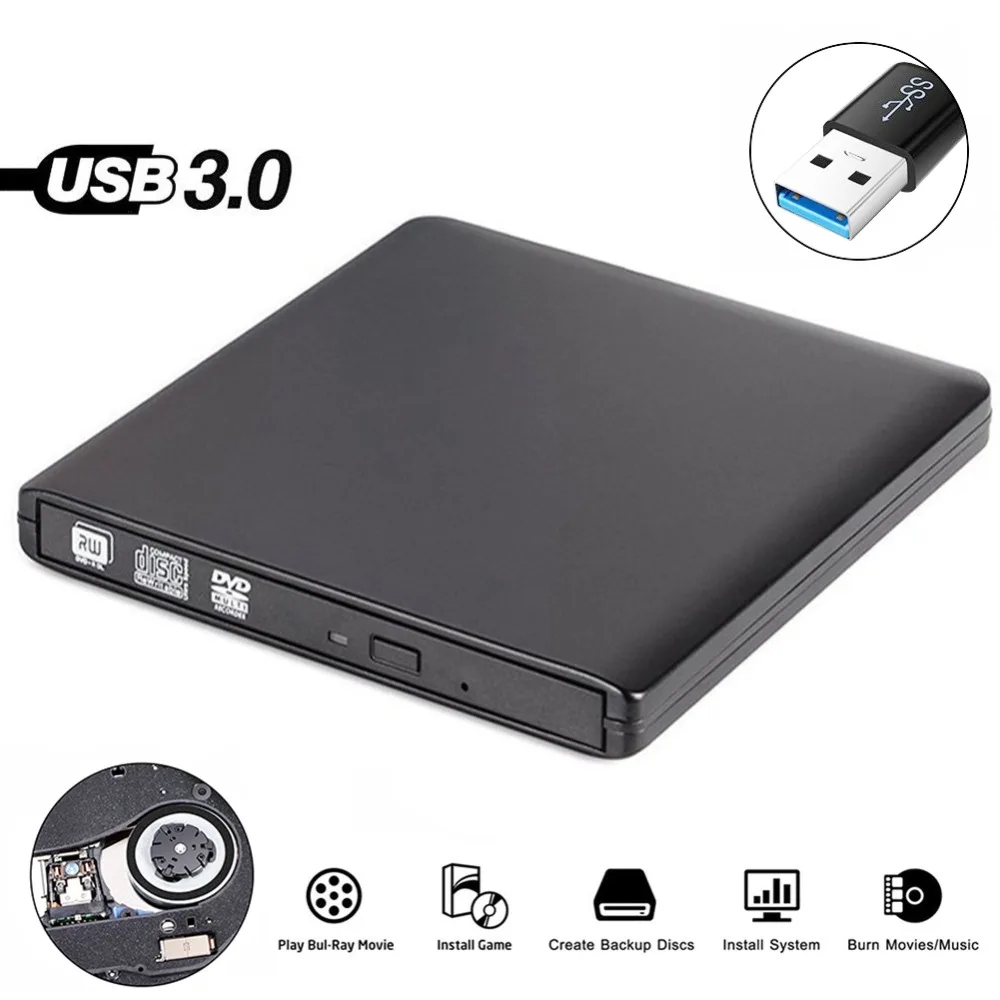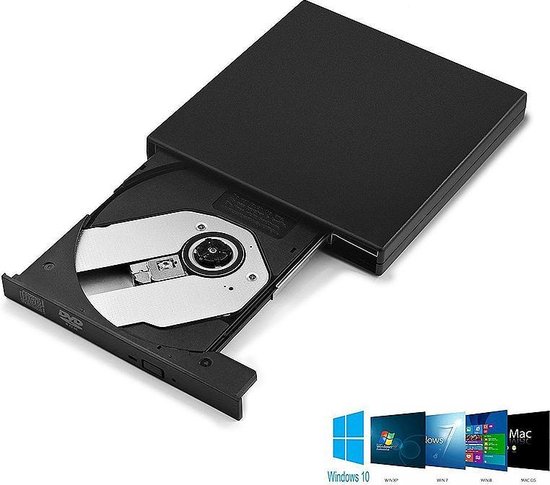
Other than feeling a little odd to have disks “before” the C: drive, there’s no longer any reason not to use them.Ī: and B: were originally reserved for two floppy drives that were used on the first PCs before hard drives were added. It’s possible your machine will not even boot if you change the drive letter of C.
How to play external dvd player on windows 10 windows#
When Windows was installed, it was installed onto the drive C:, and doing so will have created many, many references to C: that simply changing the drive letter will not update. An important word about C:ĭo not change the drive letter of your system drive. You can even remove the drive letter assignment, if you like, and only access it via that path. Now you can access the contents of the D: drive as if it were in the “D-Drive” folder on C.

You can proceed and then reboot when we’re done for the changes to take effect, so click Yes. You may get additional warnings if the drive is still in use. Any program configured for any reason to access drives using the old letter will need to be adjusted to use the drive letter we’re about to assign. It’s not enough that you’ve closed programs currently accessing the drive. (Screenshot: )Ĭlick on the drive letter (L: in the example above), and then on Remove. The resulting dialog will display all the drive letters currently assigned in my case, L.

Click on Change Drive Letter and Paths… in the resulting context menu. Changing an assigned drive letterĬlose any programs that might be accessing the drive you’re about to change. Right-click on the drive in Disk Management. Having that second drive assigned “L:” seems somewhat odd, 1 so let’s change it. This will bring up the Disk Management tool. Right-click on the Start menu and click on Disk management. Click on Remove and Add to remove the existing drive letter assignment and add a new one.Click on Change Drive Letter and Paths….



 0 kommentar(er)
0 kommentar(er)
